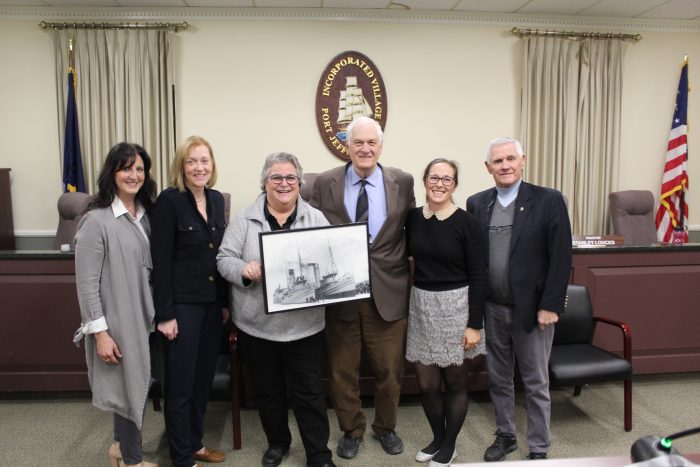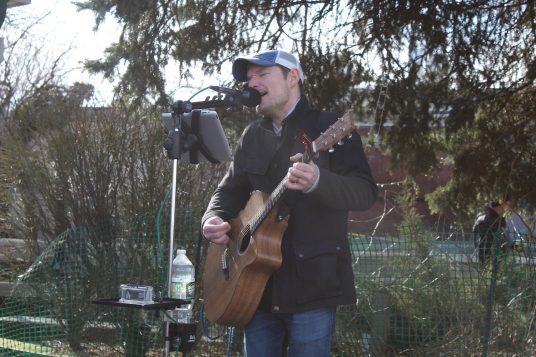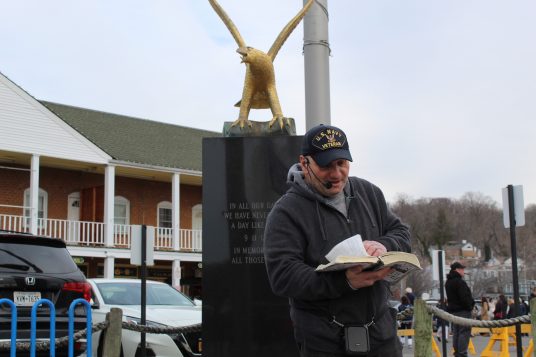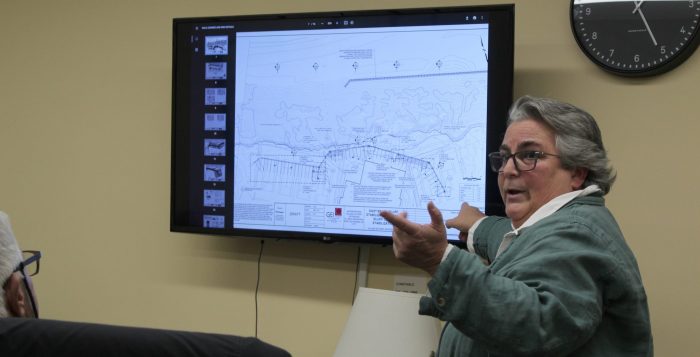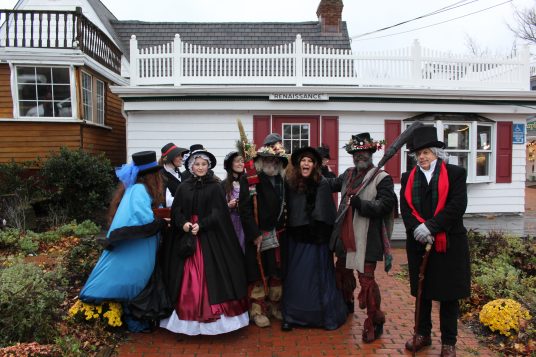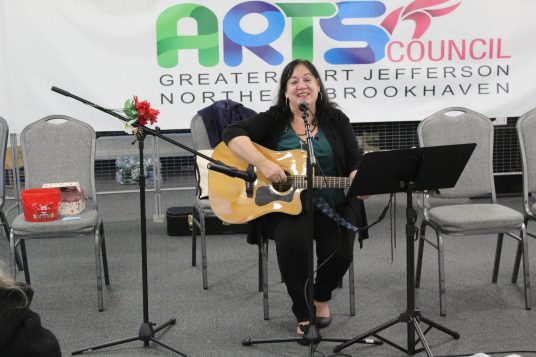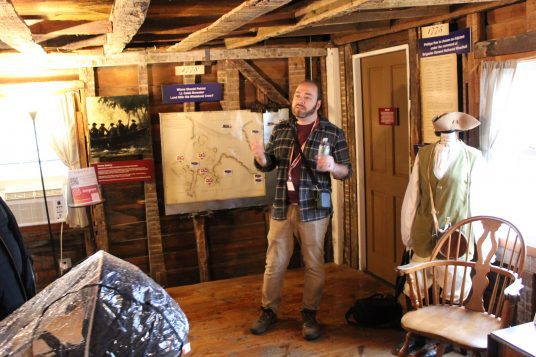The Village of Port Jefferson Board of Trustees met on Tuesday, Feb. 21, to discuss parking, youth services at the Village Center and emergency repairs at Port Jefferson Country Club.
Parking
At the request of parking administrator Kevin Wood, the board passed a resolution to set the same managed parking rates and daily times as last season, effective March 15. The board also approved 24/7 metering of the Perry Street resident lot at $0.50 per hour, effective April 1, with payment exceptions for village residents and Perry Street permits.
Country club
Mayor Margot Garant reported on a wellhead at the country club in need of replacement, saying that a recommendation was submitted last year to remove the turbine from the well for inspection.
“Apparently, if some basic maintenance had been done on the wellhead last year, it would have prevented the complete failure,” she said. “There’s a rubber gasket that sits on top of the pump, and the rubber gasket was completely blown, so it burned out the steel shaft below it,” adding “the whole wellhead has to be replaced.”
The mayor reported that the Farmingdale-based American Well & Pump Co. has “the significant component on their shelf available for us.” At a cost of $47,130, the board voted to approve the request, with the money taken from the PJCC fund.
Trustee Stan Loucks said that the cost to repair the wellhead “went from $10,000 to this number [$47,130] because of the lack of attention last year.”
Reports
Garant reported on an ongoing negotiation between the village and the village-based nonprofit Long Island Foundation for Education & Sports. This organization offers youth programs and rents a room in the Village Center.
Garant said LIFFES currently requests a continued rental rate of $35 per hour, reduced from the $42 per hour pre-pandemic rate. Village treasurer Denise Mordente said the village receives roughly $31,000 in annual rent from the nonprofit.
“If they were to leave because they could not afford it, there’s not another vendor looking to come in there, to my understanding,” Deputy Mayor Kathianne Snaden said. “Additionally, it’s a service to our residents and our families that is absolutely necessary for some.”
Garant added that the partnership with the foundation was not motivated by profit but rather by providing a needed service for residents.
“It’s a win-win because the building is dormant during these shoulder hours — there’s nothing happening,” Garant said. “We’re servicing our residents. It’s a great program for the kids. And it’s a solid revenue line that we didn’t have before.”
Contemplating whether to comply with the request, board members agreed to schedule a meeting with LIFFES executives to work toward agreeable terms for both parties.
Snaden reported on a recent meeting with the Port Jefferson Business Improvement District. The BID agreed to contribute to spring season flowers and beautification and up to 50% on discounted LED lights for next winter.
The deputy mayor concluded her report by discussing progress with the planning board, as “Conifer II is ready to submit plans for the upcoming March meeting,” she said. “We should hopefully start seeing movement there.”
Loucks gave an update on the upcoming season at PJCC. “Today, we have 396 members, and we broke $1.3 million today,” he said. “A soft opening is going to be March 24. The hard opening is March 31.”
Trustee Rebecca Kassay reported on a recent meeting with Town of Brookhaven officials regarding the draft plans for a redesigned marina parking lot near the harbor.
“We pointed out the entrance across from Barnum, where we’ve had multiple deaths in the village,” she said, adding, “The conversation came around to, ‘Do we really need that to be open at all?’”
Responding to this suggestion, Kassay said the town would consult with the Melville-based Nelson+Pope engineering firm to determine whether the lot could be reconfigured without an entrance or exit at Barnum.
The board voted to schedule a budget work session for March 20 at 3 p.m. The next meeting of the village board will take place Monday, March 6, at 5 p.m.



